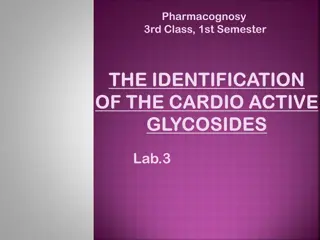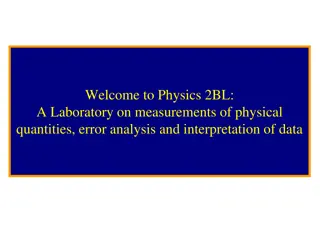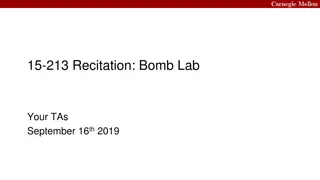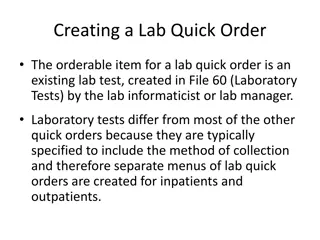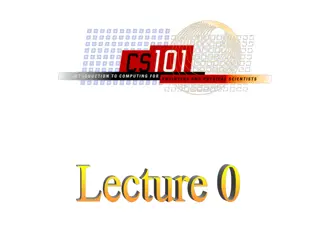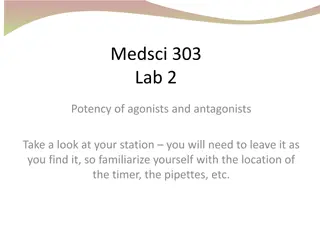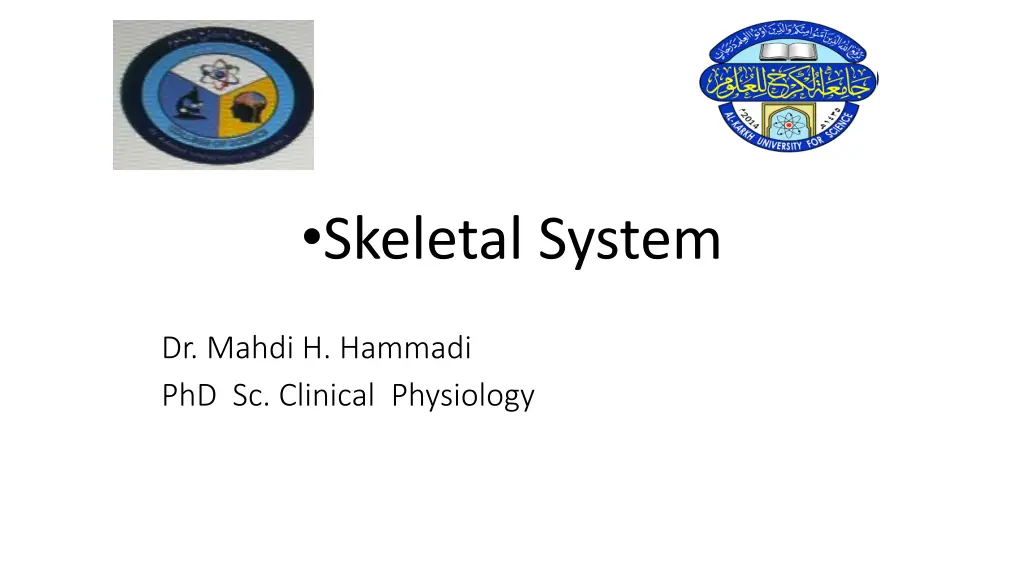
Human Anatomy: Axial & Appendicular Skeleton Overview
Explore the intricate details of the human skeletal system with a focus on the Axial Skeleton, housing vital organs, and the Appendicular Skeleton, comprising bones of the limbs. Learn about bone structures, functions, and classifications in this comprehensive guide to understanding the foundation of the human body.
Download Presentation

Please find below an Image/Link to download the presentation.
The content on the website is provided AS IS for your information and personal use only. It may not be sold, licensed, or shared on other websites without obtaining consent from the author. If you encounter any issues during the download, it is possible that the publisher has removed the file from their server.
You are allowed to download the files provided on this website for personal or commercial use, subject to the condition that they are used lawfully. All files are the property of their respective owners.
The content on the website is provided AS IS for your information and personal use only. It may not be sold, licensed, or shared on other websites without obtaining consent from the author.
E N D
Presentation Transcript
Skeletal System Dr. Mahdi H. Hammadi PhD Sc. Clinical Physiology
Bones of the Axial Skeleton The Axial Skeleton is the central core of the human body housing and protecting its vital organs.
The axial skeleton consists of 80 bones: 29 bones in the head - (8 cranial and 14 facial bones) and then also 7 accociated bones (6 auditory ossicles and the Hyoid Bone) 25 bones of the thorax - (the sternum and 24 ribs) 26 bones in the vertebral column (24 vertebrae, the sacrum and the coccyx)
The function of the Axial skeleton The Axial Skeleton has 2 functions. 1- Support and protect the organs in the dorsal and ventral cavities. 2- It creates a surface for the attachment of muscles.
Bones of the Appendicular skeleton: 4 bones in the shoulder girdle (clavicle and scapula each side) 6 bones in the arm and forearm (humerus,ulna and radius) 58 bones in the hands (carpals 16, metacarpals 10, phalanges 28 and sesamoid 4) 2 pelvis bones 8 bones in the legs (femur, tibia, patella and fibula) 56 bones in the feet (tarsals, metatarsals , phalanges and sesamoid)
The Cranial bone including (8 bones): 1. The Sphenoid Bone 2. The Ethmoid Bone 3. The Frontal Bone 4. The Occipital Bone 5. The Temporal Bone 6. The Parietal Bone
The facial bones (14) Image result for SKULL AND FACIAL BONE PICTURE
o The nasal bones (2) o The maxillae (upper jaw) (2) o The lacrimal bone (2) o The zygomatic bone or cheekbone (2); o The palatine bone (2) o The inferior nasal concha (2) o The vomer o The mandible (lower jaw)
The hyoid bone (not connected to any other bone) The hyoid is a small, U-shaped bone found just inferior to the mandible. The hyoid is the only bone in the body that does not form a joint with any other bone.
In the middle ears (6) : o malleus (2) o incus (2) o stapes (2)
The Ribs (or Costas) and The Sternum (or Breast Bone) The rib cage, or thoracic cage, is a bony/cartilaginous structure surrounding the thoracic cavity and supporting the pectoral girdle. A typical human rib cage consists of 24 ribs : 1. sternum 2. costal cartilages, 3. 12 thoracic vertebrae making up the thoracic wall and providing attachments for muscles (neck, thorax, upper abdomen, and back). All ribs are attached in the back to the thoracic vertebrae. How many ribs do humans have? 12 pair, or 24 total ribs
True Ribs, or Vertebrosternal Ribs, or 1-7 are attached to the sternum by costal cartilage, False Ribs, or Vertebrochondral Ribs, or 8-10 join with the costal cartilages of the true ribs Floating Ribs, or Vertebral Ribs, or 11 and 12 do not have any anterior connection to the sternum Costal Cartilage bars of hyaline cartilage which serve to prol
Vertebrae Column: Twenty-six vertebrae form the vertebral column of the human body. They are named by region:
Cervical (neck) - 7 vertebrae Thoracic (chest) - 12 vertebrae Lumbar (lower back) - 5 vertebrae Sacrum - 1 vertebra Coccyx (tailbone) - 1 vertebra

